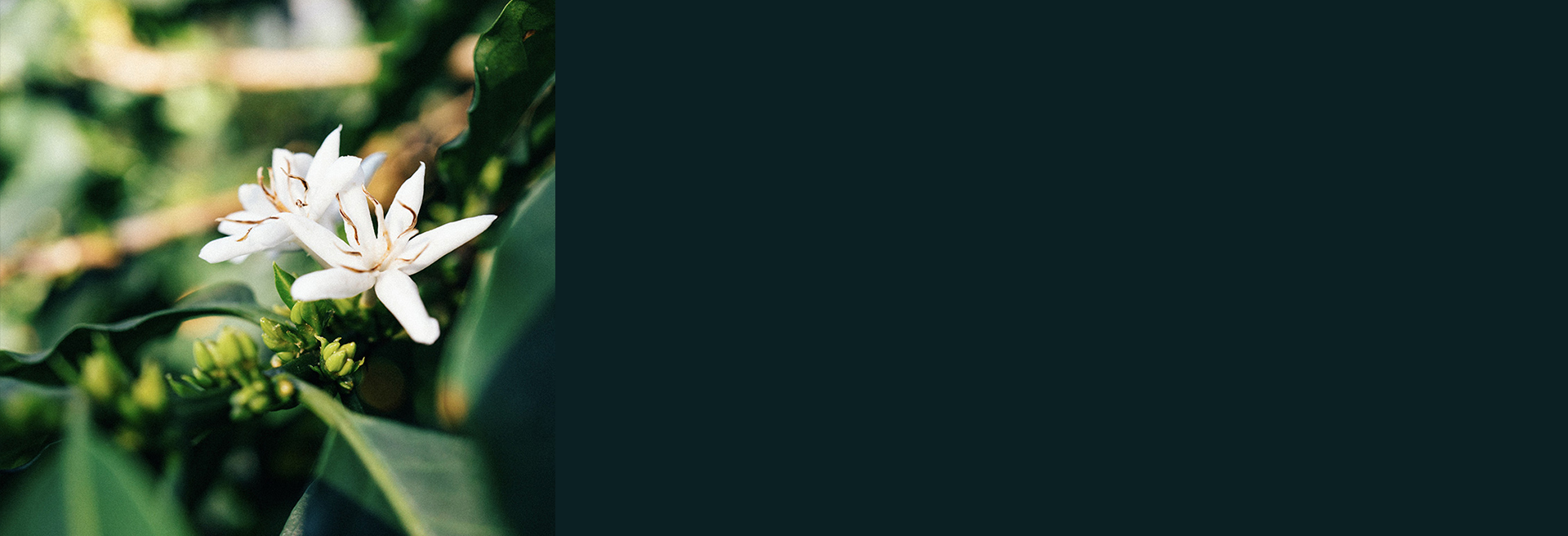FREE EU SHIPPING ON 4 BAGS
Ethiopia
Duwancho
250g
*Competition Series*
QUALITY SCORE: 90.50
Cup Notes
Jasmine / Papaya / Pineapple / Passion Fruit / Peach
Suggested for espresso and filter
when we roast
We freshly roast to order all coffees on Monday, Wednesday and Friday (excluding national holidays), and ship the same day! Cut-off time is 11:59pm (UTC+1) of the day before the roast day. *We only ship whole beans*
Details
- Quality Score
- 90.50
- Series
- Competition
- Producer
- Several Small Farmers
- Country
- Ethiopia
- Terroir
- Sidama
- Altitude
- 2100-2200 masl
- Process
- Classic Natural - Raised Beds
- Arabica cultivar
- Ethiopian Heirloom
- Picked in
- Dec 2019 - Jan 2020
- Arrived in
- August 2020
- Shipped in
- Jute + GrainPro
- Roast profile by
- Rubens Gardelli
- Roasted on
- Customised solid-drum roaster
THE STORY BEHIND
This coffee is the microlot from the Keramo area. It has been called Duwancho because of its incredible fruity cup profile: Duwancho is a name of a fruit widespread in the same zone.
The coffee is sourced from 279 farmers from the Keramo village area who are Daye Bensa cooperative members.
The lot is processed as a natural to further enhance the explosion of fruity flavours that the coffee naturally possesses. Daye Bensa microlots are produced on a limited scale, which ensures the maximum focus on the quality of the beans. As soon as the coffee is received, it gets sorted by floating and picking out the ripe cherries. It is then dried on african beds for 13-15 days; one person is responsible for one bed, and the cherries are rotated every 15 minutes to ensure uniformity of drying.
At Daye Bensa utmost attention is paid to the traceability of the microlots.
The record-keeping book is carefully handled, and lots are diligently separated so as to guarantee the highest quality.
The lots are traced in the following way: when the cherries are received, they are separated by village, the coffee is then kept separate throughout drying, processing, and storage, with labels stating the delivery dates, farm name, lot number, and more details related to the particular lot.
Daye Bensa is a business with strong community orientation: it delivers additional bonus payment to the farmers based on the volume they contribute to the microlots; the consistency of the bean quality throughout years is also rewarded. Cooperation with the village schools is also thriving.
THE VARIETY
Ethiopian Heirloom, why the generic name? It's estimated that there are somewhere in-between six and ten thousand coffee varietals in Ethiopia. And due to this colossal figure, there hasn’t been the genetic testing to allow buyers to distinguish the varietal. With the cross pollination that naturally happens in the wild, the name ‘Ethiopian Heirloom’ exists as a catch-all phrase to describe this happenstance. However, that really makes Ethiopian quite a mystery – and an interesting mystery as each village or town could potentially have a different varietal which could carry very unique properties.
THE FERMENTATION PROCESS
Dry process seems simple: pick the fruit, lay it out in the sun until it turns from red to brown to near-black, and then hull off the thick, dried outer layer in one step to reveal the green bean. It is a method suited to arid regions, where the sun and heat can dry the seed inside the intact fruit skin.
It's often referred to as "natural coffee" because of its simplicity, and because the fruit remains intact and undisturbed, a bit like drying grapes into raisins. Since it requires minimal investment, the dry process method is a default to create cheap commodity-grade coffee in areas that have the right climate capable of drying the fruit and seed.
But it’s a fail in humid or wet regions. If the drying isn't progressing fast enough, the fruit degrades, rots or gets covered with mould.
Dry-processed coffees can also be wildly inconsistent. If you want a cleanly-fruited, sweet, intense cup, dry process (DP) takes more hand labor than wet process. Even the most careful pickers will take green unripe or semi-ripe coffee off the branch as they pick red, ripe cherry. If these are not removed in the first days of drying, the green turns to brown that is hard to distinguish from the ripe fruit.




